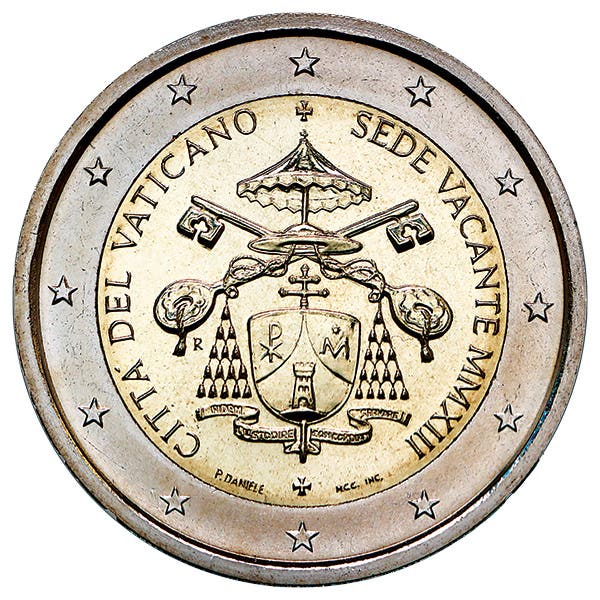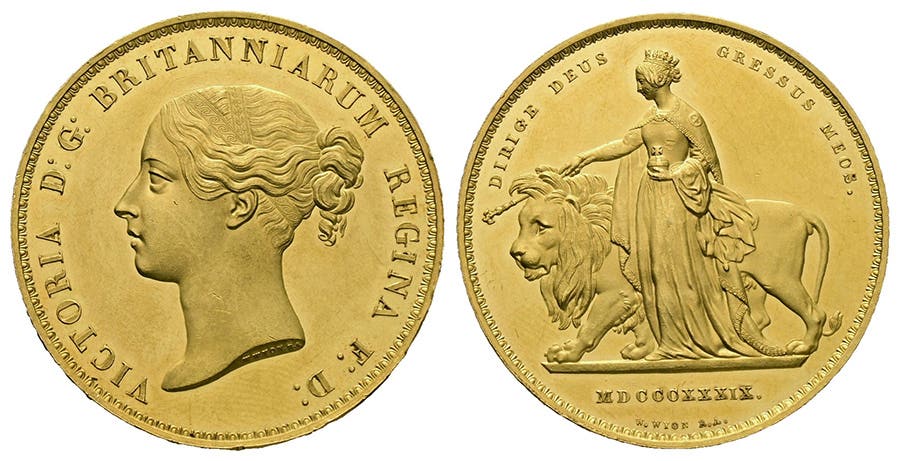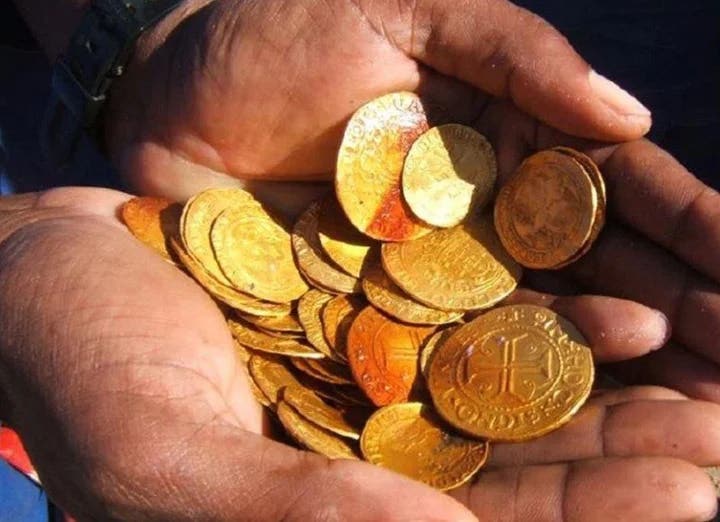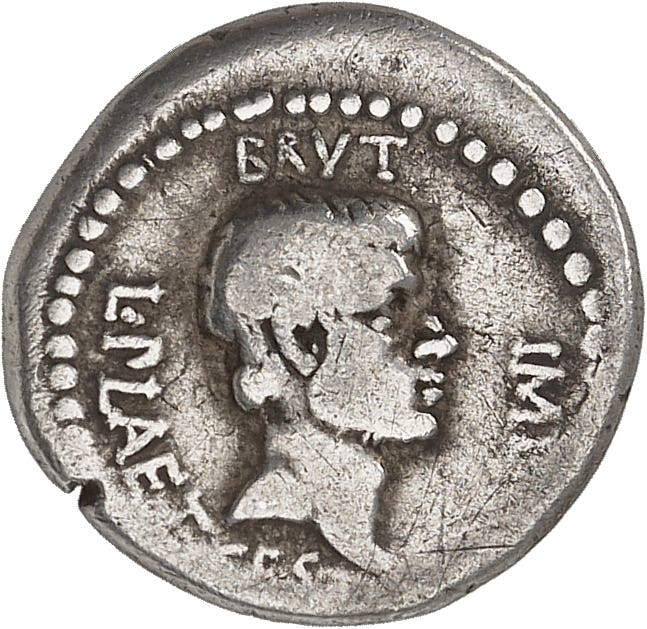Sunken cities exhibit now open in St. Louis
By Henry Hettger The St. Louis Art Museum now hosts the “Sunken Cities: Egypt’s Lost Worlds” exhibition. It opened March 25 for six months duration. Besides 250 art objects, including…
By Henry Hettger
The St. Louis Art Museum now hosts the “Sunken Cities: Egypt’s Lost Worlds" exhibition. It opened March 25 for six months duration.
Besides 250 art objects, including statuary of the period and earlier of the city of Thonis-Heracleion of ancient Egypt, there are complementary art objects from the Cairo and Alexandrian museums. The discoveries date from the year 2000, the date of the discovery of the sunken cities. Submergence may be around 800 C.E.
A lovely gold coin in the exhibit is described as a hemistater of 4th century B.C.E., with a nude Heracles marching with a lion’s skin, extending his bow and brandishing a mace. On the reverse, a lion jumps on the back of a stag and bites the neck of the deer. A Phoenician inscription reads “King Pumiyaton” in Punic.
The island of Cyprus, according to the Cambridge Ancient History, was conquered in the late 6th century B.C.E. along with Phoenicia and became part of the Fifth Satrapy of the Persian Empire. Tribute was required to be paid to the Persian King, and troops or ships were required to support Persian Wars. Although Cyprus continued to have kingships as its main political organization, the Greek mainland had significantly changed, with kingship on the wane.
The island became the “front line” in the struggle against Persian rule. The ascendancy of Greek navies and raiders increased difficulties for all the island’s inhabitants. Cypriot monarchs retained the right to issue their own coins; thus, the coin in the display was permitted to be struck. Pumiathon was the last of the line of kings in Citium, Cyprus. Pumiathon, by peaceful means, acquired the kingdom of Tamassus on the island of Cyprus, expanding his territory, although Salamis remained the most important city on the island. The ruler of Tamassus was bankrupt and sold his kingdom for 50 talents, then retired to Amathus. There is a description of the issue of superb gold coins by Milkyathon and Pumiathon of Citium. Kraay 1976 does not warrant Tarn’s assumption that the Cypriot kings were treated as “free allies” and the Phoenicians as “subject allies.”
Pumiathon, ruler of Citium, apparently threw his lot in with Antigonus, one of the pretenders after the death of Alexander the Great, and an alliance was concluded. Antigonus faced a military coalition of Ptolemy, Lysimachus, and Cassander in 315 B.C.E. Ptolemy’s fleet arrived and captured the island. Only Citium and Pumiathon resisted. Citium was taken after a siege, and Pumiathon executed. His gold coin, once thought pay for troops assisting Alexander, wound up in Alexandria, Egypt, perhaps as booty by Ptolemy’s forces, or may have been used in trade.
This article was originally printed in World Coin News. >> Subscribe today.
More Collecting Resources
• The Standard Catalog of World Coins, 1601-1700 is your guide to images, prices and information on coins from so long ago.
• With over 25,000 listings and 15,500 illustrations, the Standard Catalog of World Paper Money, Modern Issues is your go-to guide for modern bank notes.








